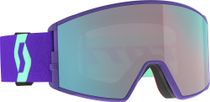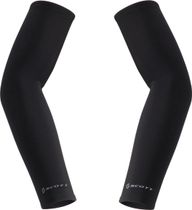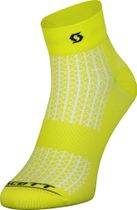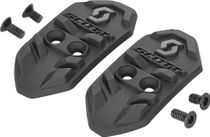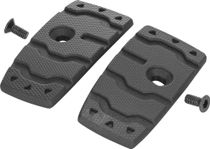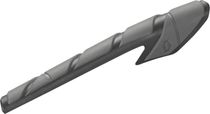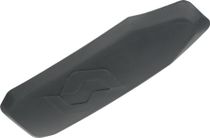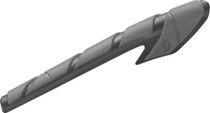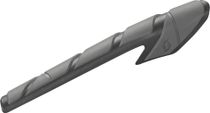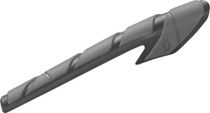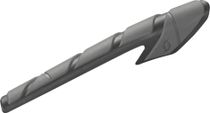
SCOTT
Read more about SCOTTSCOTT

The revolution of ski poles
With the invention of the aluminium ski pole, Ed Scott revolutionized the ski world in 1958. The engineer and ski racer from Sun Valley, Idaho, developed the first narrow tapered pole made of this light metal and thus laid the foundation for the SCOTT brand named after him. This technical innovation replaced all previous poles made of bamboo or steel and Scott quickly became one of the market leaders in skiing. Scott's vision of technical innovation always remains the guiding principle in the further development of the brand.
In the 70s Scott entered the motocross sport with special glasses and boots. With the lightest ski boots in the world and one of the first ski goggles with foam ventilation, the company once again brought pioneering innovations for winter sports to the market in 1971.

Expansion of the product range
Since 1978 Scott has had its European headquarters in Givisiez near Fribourg in Switzerland. With the opening of a factory in Italy a few years later, the company became the leading manufacturer of ski poles. The first Scott mountain bike was also launched in 1986. Scott set a milestone in the history of cycling in 1989 with the development of an aerodynamic bicycle handlebar. In the same year, this helped the US American Greg Lemond to victory in the Tour de France.
The 90s were also successful for the company. In addition to the market launch of the first carbon mountain bike Endorphin, Scott also added cycling shoes and helmets as well as two new winter sports product lines to the range: gloves and functional clothing. From 1998, skis were also manufactured. Other innovations such as the RAM Air ventilation system for glasses, the revolutionary Amplifier Glass or the lightest bicycle frame in the world followed in the early 2000s.

Award-winning innovations
Scott received the European Ski Award in 2004 for the Biomex® helmet. This provided more safety and wearing comfort with a double band roller basket. With the new Carbon Ski Crusair Scott set new standards for freeriders and mountaineers in 2009. Thanks to the combination of a carbon frame and a sandwich construction of wood and air channels, the ski is responsive and extremely light, yet stable. Scott is also innovative when it comes to cycling clothing. For the ITD ProTec line developed in 2014, a fabric made of knitted carbon fibres and ceramic prints is used that is extremely durable.
With more than 40 years of experience in the development of eyewear, Scott is introducing its own quality label: Scott Precision Optics. Here quality and innovation are combined, from light and contrast enhancing effects to patented amplifier technology. The LCG glasses, for example, which were introduced in 2013, have won many awards. A sliding system allows the lenses of this lens change goggle to be easily replaced as required, even without touching the surface. The Prospect glasses score points with an improved field of vision, high wearing comfort and lens retention.
(Photos: Scott/Oskar Enander/Gaudenz Danuser/Simon Ricklin)












